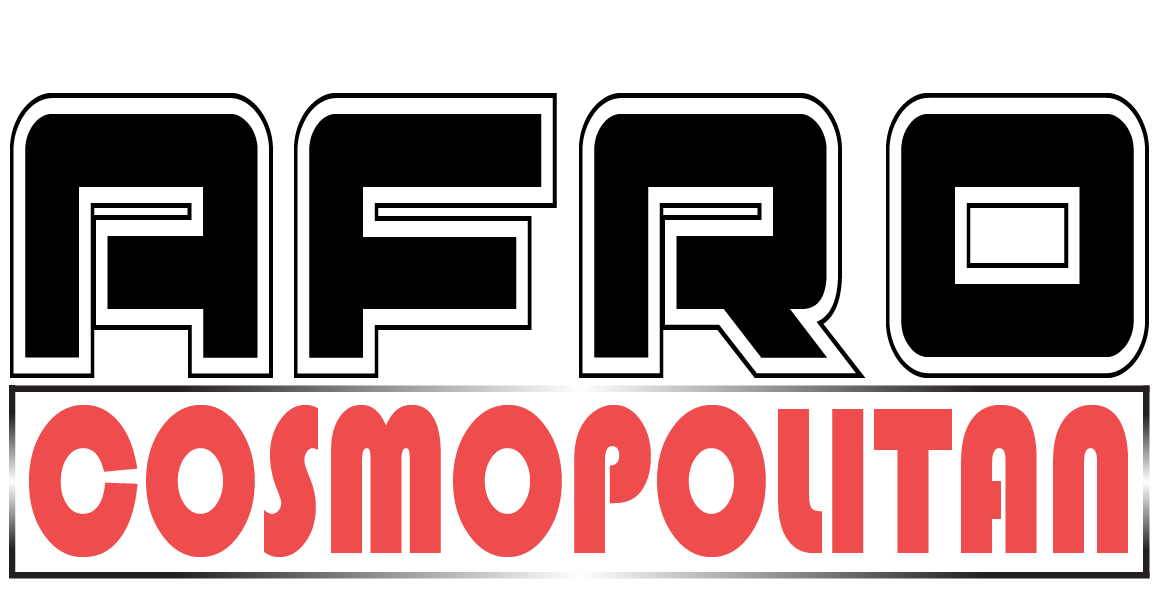Microfilm has been an effective way to write and save large amounts of information in microfilm libraries since the early 1800’s. By reducing photographs that contain sheets of information down to miniature film strips, people created a great way to access important information without having the clutter of paper. It also provides us with the possibility of making multiple copies of the information. From genealogy work to historical research, microfilm has helped people access the forgotten secrets and keys of the past for centuries now! But as technology has continued to progress and advance in ways that nobody could have foreseen, there have obviously been new and more effective ways to store information. The digital world has become the new frontier for storing and accessing information. Not only has the entire world begun storing new information online and on hard drives, but they have also been looking into ways to convert old information into digital formats. In this article, you will learn about the advantages of digitizing microfilm, as well as some ways that you can begin digitizing your own collection of historical documents and information.
Digitizing Microfilm Is Preserving History
You may ask yourself, “Why digitize records of historical data if it’s already stored on microfilm?” Well this brings up the advantages of digital information compared to analog or physical information. Imagine having your favorite music album in two forms: a record and a digital audio file. While some may argue that the record offers a better quality of sound than the music file, there are multiple advantages to having the album in digital format. First of all, the equipment for playing the digital audio file is more flexible and can be inexpensive. You can play the album with a simple set of speakers, your phone, or a large expensive stereo. Because it’s digital, it can be copied and saved practically anywhere! Your record, on the other hand, can only be played on a record player. That equipment is less abundant today, more expensive, and more liable to break or malfunction. Your record is also very fragile and can be easily damaged, rendering it useless. Likewise, microfilm is fragile and can be damaged in many ways. It also requires big, heavy, and expensive equipment to be read. By converting microfilm into digital files, they can be stored in multiple places and can be read on practically any digital device or computer!
How to Start Digitizing Information
Because there is still not much information on microfilm that is yet to be digitized, there are many groups and companies that specialize in helping you learn how to digitize information and documents. This information can be provided from certain libraries or museums, or you can provide the information to digitize. Machines that scan this information are advanced and optimized to copy and save every detail of the documents and historical information. Digitizing microfilm is the safest way today to ensure the preservation of our historical data and information. The digital files created from scanning the microfilm will then be stored and saved as a way to keep that information accessible and safe.









